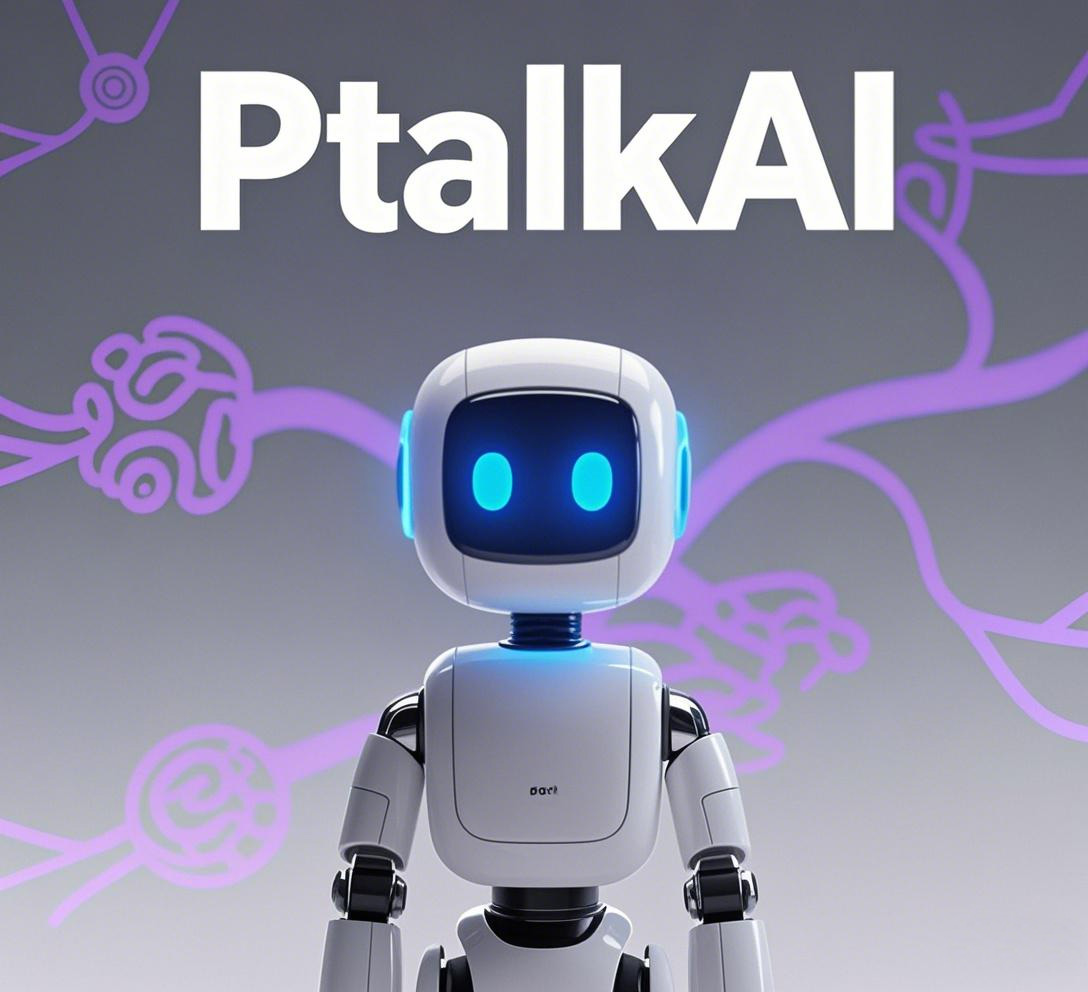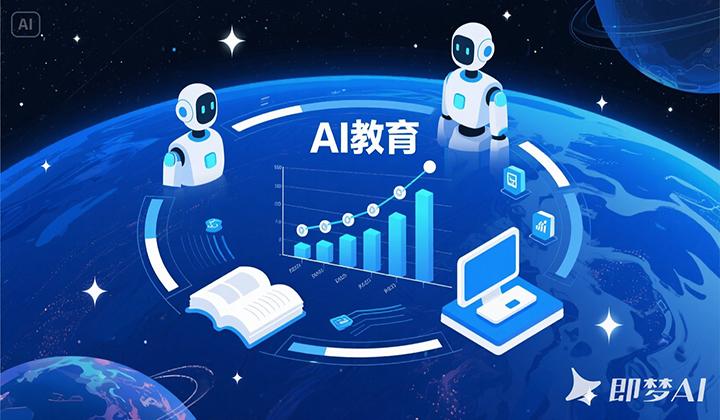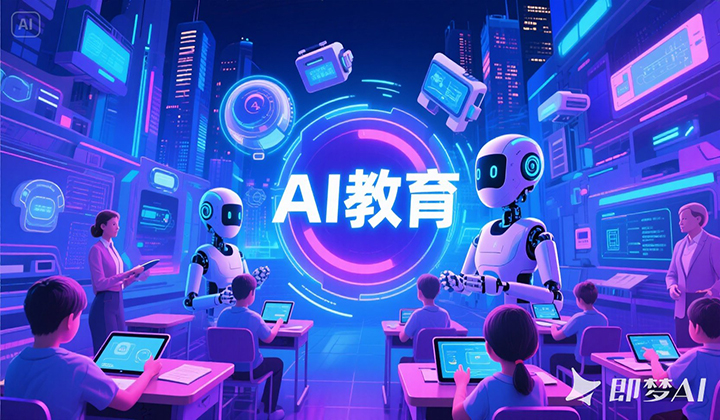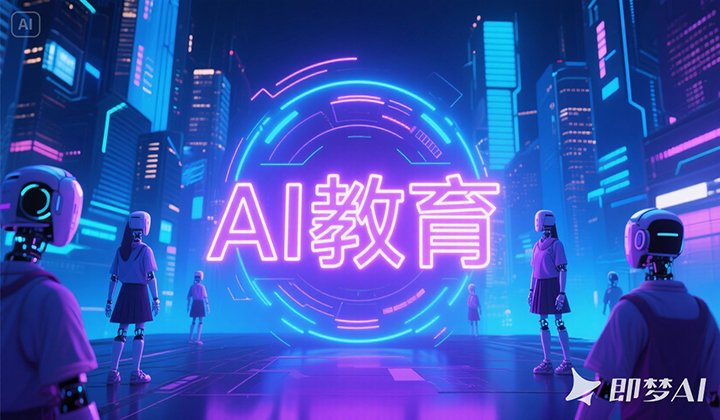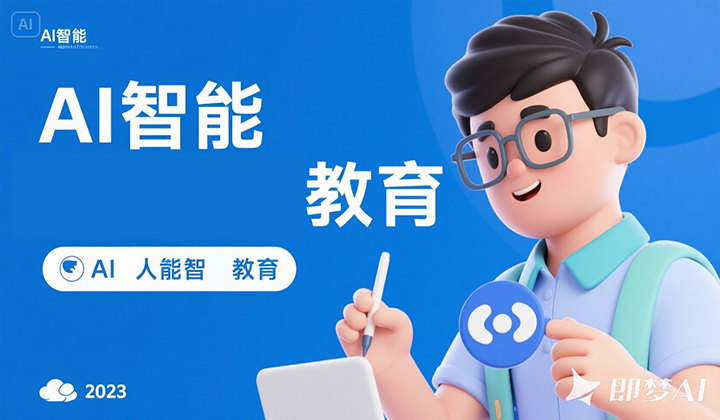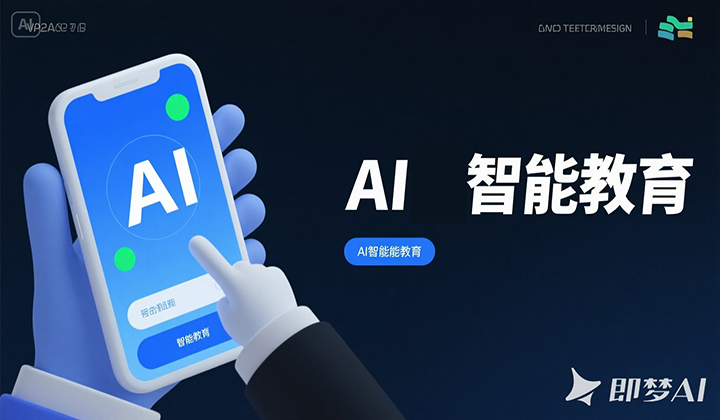How to Properly Understand the Pros and Cons of AI in Education
In recent years, Artificial Intelligence (AI) has made its way into various sectors, and education is no exception. From personalized learning to automated grading and virtual teaching assistants, AI is reshaping how students learn and how teachers teach. While the adoption of AI in education has opened up exciting opportunities, it also presents significant challenges that must be carefully considered. To fully harness the potential of AI, it’s essential to understand both its advantages and disadvantages.
The Benefits of AI in Education
1. Personalized Learning Experiences
One of the most significant advantages of AI in education is its ability to deliver personalized learning paths. AI algorithms can analyze students’ strengths, weaknesses, and learning habits to customize content delivery. This individualized approach allows students to learn at their own pace, improving engagement and retention.
2. Increased Access and Inclusion
AI-powered educational tools can reach students in remote areas, those with disabilities, and learners who require alternative formats. Speech-to-text tools, language translation, and adaptive learning systems provide more inclusive learning environments. This democratization of education helps bridge the gap for underrepresented and disadvantaged learners.
3. Automation of Administrative Tasks
AI reduces the workload of educators by automating repetitive administrative tasks such as grading, attendance tracking, and scheduling. This gives teachers more time to focus on pedagogy, mentorship, and student engagement.
4. Real-Time Feedback and Assessment
Through AI systems, students receive instant feedback on assignments and tests. This not only helps them understand their mistakes promptly but also allows educators to track progress and intervene when necessary.
5. Lifelong and On-Demand Learning
AI supports the growing demand for lifelong learning by powering platforms that offer flexible, self-paced courses. Learners can access education anytime, anywhere, making continuous learning more feasible for professionals and non-traditional students.
The Drawbacks and Challenges of AI in Education
1. Data Privacy and Security Concerns
AI systems require massive amounts of data to function effectively, raising concerns about data privacy and security. Misuse of personal student information, data breaches, and surveillance fears have become major ethical issues that need strict regulatory frameworks.
2. Risk of Deepening Educational Inequality
While AI can enhance access, it also risks widening the digital divide. Students in under-resourced areas may lack access to the necessary devices, stable internet, or digital literacy skills to benefit from AI-powered tools, leading to further disparities.
3. Depersonalization and Reduced Human Interaction
Despite the efficiency of AI, it cannot replace the empathy, mentorship, and emotional intelligence of human educators. An over-reliance on AI tools might result in depersonalized education, where students feel isolated and unsupported.
4. Dependence on Technology
Heavy dependence on AI may diminish critical thinking and problem-solving skills among students. Automated suggestions and answers can reduce the motivation to think independently, leading to superficial learning.
5. Ethical and Bias Issues
AI systems can inherit biases from their training data or their designers, leading to discriminatory outcomes in assessments or recommendations. Ensuring fairness and neutrality in AI algorithms remains a pressing challenge.
Finding the Balance
To navigate the complexities of AI in education, stakeholders must adopt a balanced and thoughtful approach. Here are some principles for responsible integration:
Human-Centered Design: AI should enhance, not replace, human educators. Tools should support teachers and maintain the centrality of human connection in the learning process.
Equity and Accessibility: Efforts must be made to ensure all students have access to the necessary infrastructure and tools to benefit equally from AI.
Transparency and Accountability: Developers and institutions must be transparent about how AI tools function and be held accountable for any unintended consequences.
Continuous Professional Development: Educators need training and support to integrate AI tools effectively and ethically into their teaching practices.
Student Empowerment: Rather than making learners passive recipients, AI tools should empower them to take charge of their education and develop critical digital literacy.
Conclusion
AI in education is neither a panacea nor a threat—it is a tool with great potential, accompanied by significant challenges. By understanding its benefits and limitations, educators, policymakers, and technology developers can work together to create an education system that is more personalized, inclusive, and future-ready. The goal should not be to replace human teaching, but to enhance it with smart, ethical, and thoughtful applications of AI.






